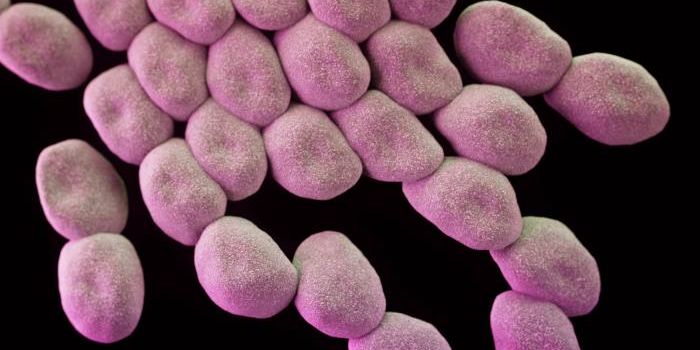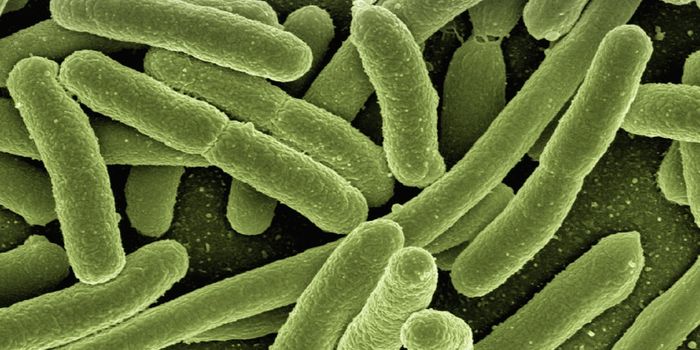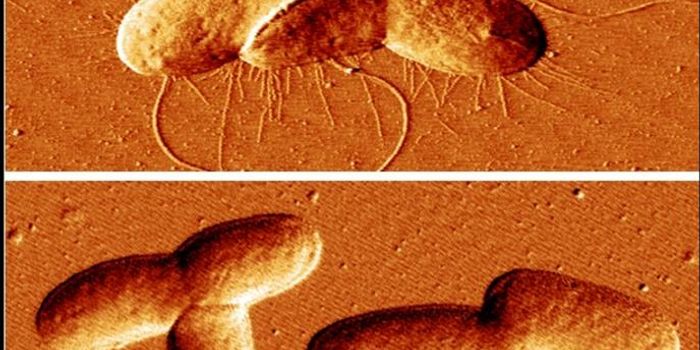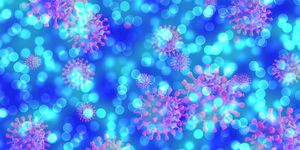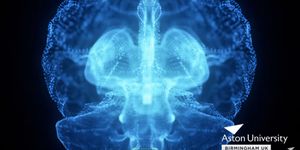Many organisms including humans rely on a community of gut microbes to aid in metabolism and nutrient absorption. These microbiomes have also been shown to be closely related to human health and disease. Last year, researchers were able to slow disease progression in a mouse model of amyotrophic lateral sclerosis (ALS) by eradicating their microbiomes and then exposing the mice to a particular strain of microbe. Now scientists have identified a connection between the gut microbiome and a genetic mutation that is commonly found in ALS patients. When the investigators altered the gut microbiomes of mice that carried this mutation with fecal transplants or antibiotics, they were able to improve the symptoms of the disease. This work, which was reported in Nature, may help explain why only some people that carry this genetic mutation end up developing the disease.
"Our study focused on the most commonly mutated gene in patients with ALS. We made the remarkable discovery that the same mouse model -- with identical genetics -- had substantially different health outcomes at our different lab facilities," said Kevin Eggan, Harvard professor of stem cell and regenerative biology. "We traced the different outcomes to distinct gut microbial communities in these mice, and now have an intriguing hypothesis for why some individuals carrying this mutation develop ALS while others do not."
The ALS mouse strain that carries the common ALS-linked mutation was engineered at Harvard. These mice have an overactive immune system, and multi-system inflammation shortens their lifespan. The same model was developed at the Broad Institute, but they had very different health outcomes.
"Many of the inflammatory characteristics that we observed consistently and repeatedly in our Harvard facility mice weren't present in the Broad facility mice. Even more strikingly, the Broad facility mice survived into old age," explained the lead study author Aaron Burberry, a postdoctoral fellow in the Eggan lab. "These observations sparked our endeavor to understand what about the two different environments could be contributing to these different outcomes."
The scientists looked to the gut microbiome for an explanation. Researchers can assess the microbial population of an organism's gut by sequencing the genetic material in fecal samples. In this study, the researchers identified specific microbial strains that were present in the mice at Harvard but weren't in the Broad mice.
"At this point, we reached out to the broader scientific community, because many different groups have studied the same genetic mouse model and observed different outcomes," Burberry said. "We collected microbiome samples from different labs and sequenced them. At institutions hundreds of miles apart, very similar gut microbes correlated with the extent of disease in these mice."
Learn more about the connection between the gut microbiome and human disease from the video.
The inflammation in the Harvard facility mice was reduced by giving them fecal transplants from the Broad mice or antibiotics. This study showed that the gut microbiome impacts the severity of ALS, and even whether or not people with a specific genetic mutation will develop the disease, a related disorder called frontotemporal dementia, or remain asymptomatic. It may also aid in the development of therapeutics.
"Our study provides new insights into the mechanisms underlying ALS, including how the most common ALS genetic mutation contributes to neural inflammation," Eggan said. "The gut-brain axis has been implicated in a range of neurological conditions, including Parkinson's disease and Alzheimer's disease. Our results add weight to the importance of this connection."
Sources: AAAS/Eurekalert! via Harvard University, Nature


